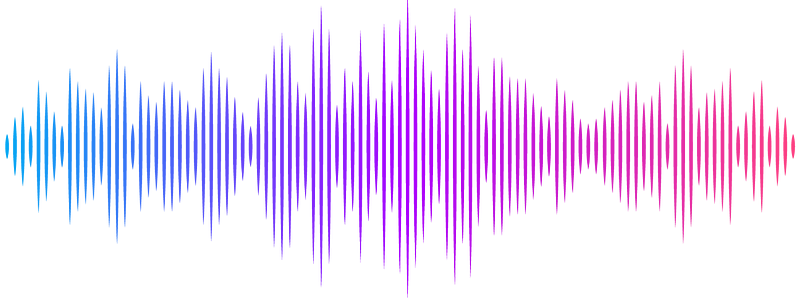Identification of N-acetyl-rich heparan sulfate binding motifs and their role in expanding BMP distribution and signaling by Cerberus

Identification of N-acetyl-rich heparan sulfate binding motifs and their role in expanding BMP distribution and signaling by Cerberus
Yamamoto, T.; Mii, Y.; Saiga, H.; Michiue, T.; Taira, M.
AbstractSecreted signaling molecules called morphogens including BMP and Wnt provide positional information by their concentration gradient. Although binding to an extracellular matrix, heparan sulfate (HS), is essential for morphogen gradient formation, it is still unclear how different ranges of gradients can be achieved. We previously found that two types of HS, N-acetyl-rich HS (NAc-HS) and N-sulfo-rich HS (NS-HS), are differentially clustered on the cell membrane, and bind to Frzb and Wnt8, respectively. Furthermore, we demonstrated that Frzb expands Wnt8 distribution by transferring Wnt8 from NS-HS to NAc-HS. This indicates that NAc-HS or its unsulfated form, heparan, which has been considered as a precursor of HS including N-sulfo HS, has an essential role in morphogen distribution. Here, we identified a so-called BMP antagonist, Cerberus (Cer), as another NAc-HS-binding protein. Binding of Cer to NAc-HS was enhanced by knockdown and repressed by overexpression of ndst1, which catalyzes the conversion of NAc-HS to NS-HS, suggesting that Cer binds to NAc-HS and/or heparan as does Frzb. We then explored NAc-HS binding motifs using deletion or alanine-substitution mutants of Frzb and Cer, and revealed that clusters of basic amino acids, Lys and Arg, are critical for their binding to NAc-HS. Functionally, Cer was able to expand distribution and signaling ranges of BMP4 through relocation of BMP4 from NS-HS to NAc-HS as has been shown with Wnt8 and Frzb. For this Cer activity, its NAc-HS binding motifs were essential. These results suggest that NAc-HS clusters and NAc-HS binding motifs constitute an interacting unit to modulate extracellular distribution of BMP4 as well as Wnt8.